Clean Moldy Shower Fast? Yes, you read that right! Are you tired of battling that unsightly mold and mildew in your shower? I know I am! It feels like a never-ending war, doesn’t it? You scrub and scrub, only to see it creep back a few days later. Well, fret no more! This article is your ultimate guide to banishing that bathroom blight for good, using simple DIY tricks and hacks that are both effective and budget-friendly.
The struggle against mold is as old as bathrooms themselves! Historically, keeping damp environments clean has always been a challenge. From ancient Roman bathhouses to modern-day apartments, the battle against unwanted fungi has been a constant. But unlike our ancestors, we have the advantage of modern science and readily available household ingredients to help us clean moldy shower fast and efficiently.
Why is this DIY so crucial? Because mold isn’t just an eyesore; it can also impact your health. Mold spores can trigger allergies, asthma, and other respiratory issues. Plus, nobody wants to shower in a dirty environment! This guide will empower you to create a sparkling clean and healthy shower space, giving you peace of mind and a more enjoyable bathing experience. So, let’s dive in and discover the secrets to a mold-free shower!
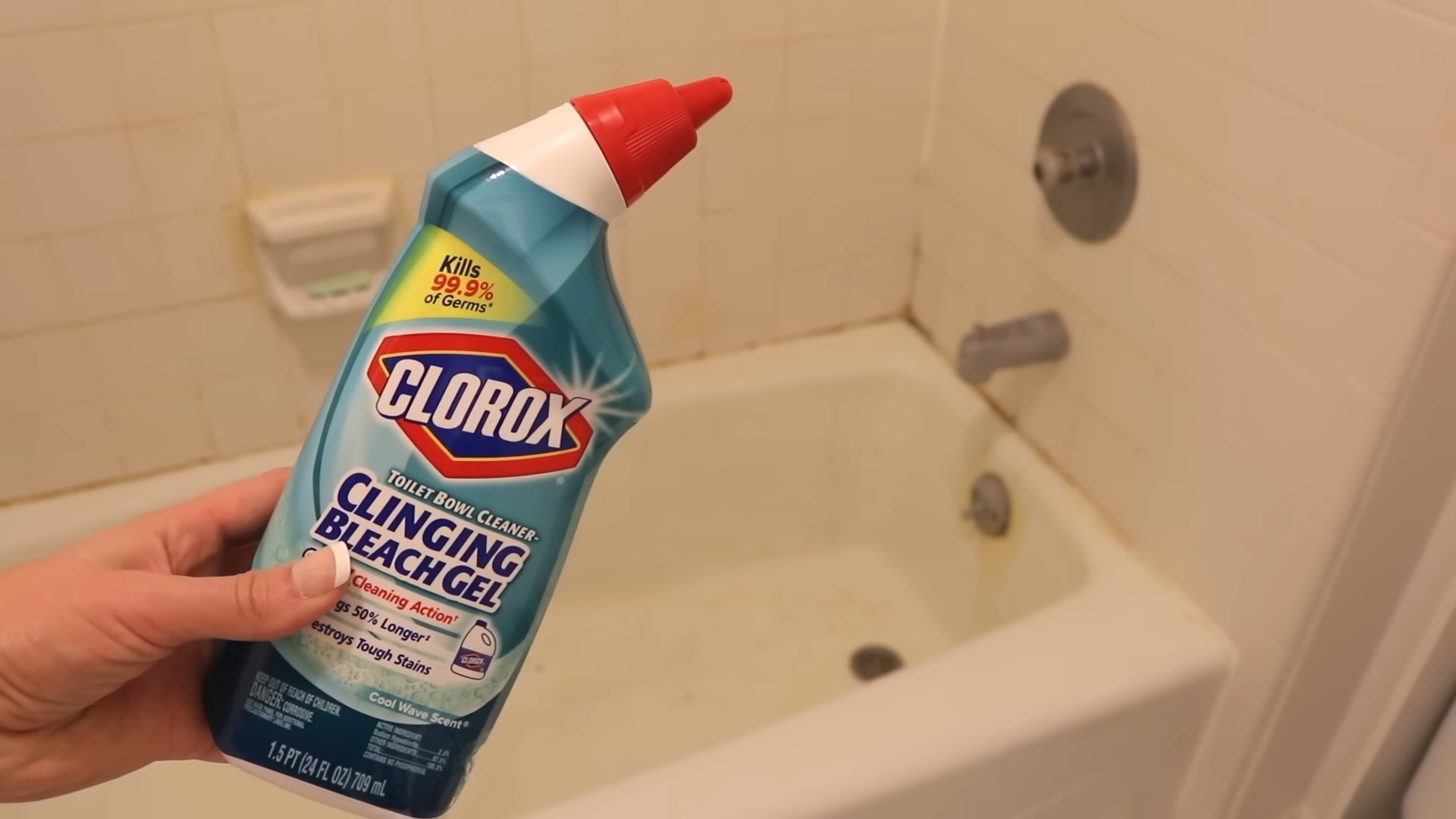
DIY Mold Removal: Transforming Your Grimy Shower into a Sparkling Oasis
Okay, let’s face it, nobody enjoys cleaning the shower, especially when mold decides to throw a party on your grout and tiles. But fear not! I’m going to walk you through a super effective DIY method to banish that unsightly mold and reclaim your shower. This isn’t just about aesthetics; mold can be a health hazard, so let’s get rid of it!
What You’ll Need: Your Mold-Busting Arsenal
Before we dive in, let’s gather our supplies. Trust me, having everything ready will make the process so much smoother.
* Spray Bottle: A clean, empty spray bottle is essential for applying our cleaning solution.
* Baking Soda: This is our gentle abrasive and deodorizer. It’s a powerhouse!
* White Vinegar: The acidic nature of vinegar is a mold-killing machine.
* Hydrogen Peroxide (3%): Another fantastic mold fighter and disinfectant.
* Dish Soap: Just a little bit to help break down grime and grease.
* Old Toothbrush or Scrub Brush: For scrubbing those stubborn mold spots. An old toothbrush is perfect for grout lines.
* Microfiber Cloths or Sponges: For wiping down surfaces.
* Rubber Gloves: Protect your hands! Mold can be irritating.
* Eye Protection (Optional): Just in case of splashes.
* Ventilation: Open a window or turn on the exhaust fan. Fresh air is your friend.
* Paper Towels: For soaking up excess moisture and wiping away stubborn residue.
Section 1: The Baking Soda Paste Power Play
This is our first line of attack, and it’s surprisingly effective, especially on grout.
1. Mix the Paste: In a small bowl, combine baking soda with just enough water to form a thick paste. You want it to be spreadable but not runny. I usually start with about a half cup of baking soda and add water a teaspoon at a time.
2. Apply the Paste: Using your fingers (with gloves on, of course!) or a small spatula, apply the baking soda paste generously to all the moldy areas, especially the grout lines. Don’t be shy; really pack it in there.
3. Let it Sit: This is the key! Let the paste sit for at least 15-20 minutes. This gives the baking soda time to absorb the mold and loosen its grip. For really stubborn mold, you can even let it sit for an hour.
4. Scrub-a-dub-dub: Now, grab your old toothbrush or scrub brush and get to work! Scrub the paste into the grout and tiles, using a circular motion. You’ll likely see the mold starting to lift away.
5. Rinse Thoroughly: Rinse the area with warm water, making sure to remove all traces of the baking soda paste. You can use a showerhead or a bucket of water.
Section 2: Vinegar’s Vengeance: The Mold Assassin
Vinegar is a natural disinfectant and mold killer. It’s a bit stinky, but the results are worth it!
1. Prepare the Vinegar Solution: Pour undiluted white vinegar into your spray bottle. That’s right, no need to dilute it! We want the full power of the vinegar.
2. Spray Liberally: Spray the vinegar generously onto all the areas where you previously applied the baking soda paste, as well as any other areas where you see mold.
3. Let it Soak: Again, patience is key. Let the vinegar soak for at least 30 minutes to an hour. This allows the vinegar to penetrate and kill the mold spores.
4. Scrub Again (If Needed): If you still see some stubborn mold, give it another scrub with your toothbrush or scrub brush.
5. Rinse and Dry: Rinse the area thoroughly with warm water and then dry it with a clean microfiber cloth or towel. Make sure to get rid of all the vinegar smell.
Section 3: Hydrogen Peroxide’s Helping Hand: The Stain Remover
Hydrogen peroxide is great for lightening stains and further disinfecting the area.
1. Apply Hydrogen Peroxide: Pour 3% hydrogen peroxide into a clean spray bottle.
2. Spray the Affected Areas: Spray the hydrogen peroxide onto any remaining stains or areas where you suspect mold might still be lurking.
3. Let it Sit: Allow the hydrogen peroxide to sit for about 10-15 minutes.
4. Wipe Clean: Wipe the area clean with a damp microfiber cloth or sponge.
5. Dry Thoroughly: Dry the area completely with a clean, dry cloth.
Section 4: The Dish Soap Detail: Grease and Grime Buster
Sometimes, mold is mixed with soap scum and other grime. A little dish soap can help cut through that.
1. Prepare the Dish Soap Solution: In a small bowl, mix a few drops of dish soap with warm water.
2. Apply the Solution: Using a sponge or microfiber cloth, apply the dish soap solution to the shower walls and floor.
3. Scrub Lightly: Scrub the area lightly to remove any remaining grime or soap scum.
4. Rinse Thoroughly: Rinse the area thoroughly with warm water.
5. Dry Completely: Dry the shower walls and floor with a clean, dry cloth.
Preventing Future Mold Growth: Your Long-Term Strategy
Okay, we’ve conquered the mold, but the battle isn’t over! Prevention is key to keeping your shower mold-free.
* Ventilation is Vital: Always run the exhaust fan during and after showering. If you don’t have an exhaust fan, open a window to allow air to circulate.
* Squeegee After Each Shower: This is a game-changer! Squeegeeing the walls and glass door after each shower removes excess water, depriving mold of the moisture it needs to thrive.
* Regular Cleaning: Make it a habit to clean your shower regularly, even if it doesn’t look dirty. A quick wipe-down with a vinegar solution once a week can go a long way.
* Fix Leaks Promptly: Leaky faucets or showerheads create a breeding ground for mold. Fix any leaks as soon as you notice them.
* Consider Mold-Resistant Grout: When re-grouting, consider using a mold-resistant grout to help prevent future mold growth.
* Dry Shower Curtains and Liners: If you have a shower curtain or liner, make sure to dry it thoroughly after each shower. You can also wash it regularly in the washing machine.
* Proper Airflow: Ensure there’s good airflow in your bathroom. Avoid overcrowding the space with items that can trap moisture.
* Dehumidifier (Optional): If you live in a humid climate, consider using a dehumidifier in your bathroom to reduce moisture levels.
Important Safety Tips: Protect Yourself!
* Always wear gloves when handling cleaning solutions, especially vinegar and hydrogen peroxide.
* Avoid mixing bleach with vinegar or ammonia, as this can create toxic fumes. We didn’t even use bleach in this method, and that was intentional!
* Ensure proper ventilation when cleaning to avoid inhaling fumes.
* If you have sensitive skin or allergies, test the cleaning solutions on a small, inconspicuous area first.
* Keep cleaning products out of reach of children and pets.
Troubleshooting: What If It’s Still There?
Sometimes, mold is really stubborn. If you’ve tried these steps and still see mold, here are a few things to consider:
* Repeat the Process: Sometimes, you just need to repeat the cleaning process a few times to completely eradicate the mold.
* Stronger Solutions: If natural solutions aren’t working, you might need to consider using a commercial mold remover. However, always follow the manufacturer’s instructions carefully and prioritize safety.
* Professional Help: If the mold problem is extensive or you’re concerned about your health, it’s best to call a professional mold remediation service.
And there you have it! A comprehensive guide to cleaning mold from your shower. It might take a little elbow grease, but with these steps, you can transform your grimy shower into a sparkling clean oasis. Good luck, and happy cleaning!
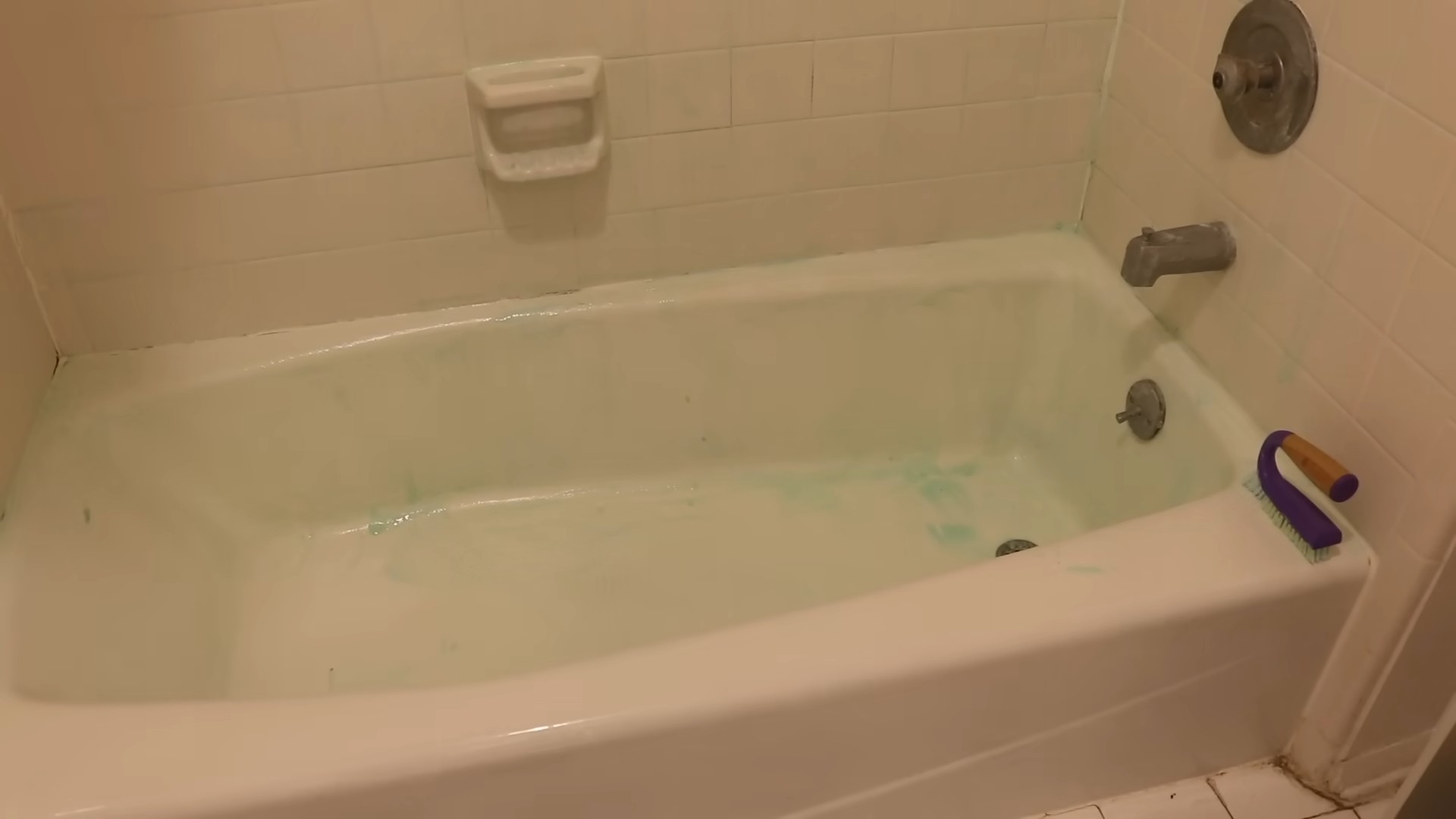
Conclusion
So, there you have it! This simple, yet incredibly effective DIY trick for cleaning moldy showers is a game-changer. Forget spending hours scrubbing with harsh chemicals that leave behind lingering odors and potential health hazards. This method harnesses the power of readily available ingredients to not only eliminate unsightly mold and mildew but also leave your shower sparkling clean and smelling fresh.
Why is this DIY trick a must-try? Because it’s cost-effective, environmentally friendly, and, most importantly, it works! You’re likely to have most of the ingredients already in your pantry or bathroom cabinet. Plus, you’re avoiding the harsh chemicals found in many commercial mold removers, making it a safer option for you, your family, and the environment. The satisfaction of seeing that stubborn mold disappear before your eyes is truly rewarding.
But the benefits don’t stop there. This method is also gentle on your shower surfaces. Unlike abrasive cleaners that can scratch and damage tile and grout, this DIY solution cleans effectively without causing harm. This means your shower will not only be clean but also maintain its beauty and integrity for longer.
Looking for variations? Consider adding a few drops of your favorite essential oil, such as tea tree, eucalyptus, or lavender, to the spray bottle for an extra boost of antimicrobial power and a pleasant scent. For particularly stubborn mold, you can let the solution sit for a longer period, even overnight, before scrubbing. If you have colored grout, test the solution in an inconspicuous area first to ensure it doesn’t cause any discoloration. You can also use a toothbrush for hard-to-reach areas like corners and around fixtures.
We are confident that this clean moldy shower fast solution will become your go-to method for keeping your bathroom sparkling. It’s a simple, effective, and safe way to tackle a common household problem.
Now it’s your turn! We encourage you to try this DIY trick and experience the difference for yourself. We’re confident you’ll be amazed by the results. Don’t just take our word for it – give it a try and see the magic happen.
Once you’ve tried it, we’d love to hear about your experience. Share your before-and-after photos and tips in the comments below. Let’s build a community of clean shower enthusiasts and help each other conquer that pesky mold and mildew! Your insights could be invaluable to others struggling with the same problem. Let us know if you found any particular variations that worked exceptionally well for you. We’re always eager to learn and share new ideas. Happy cleaning!
FAQ
What exactly causes mold to grow in the shower?
Mold thrives in damp, dark, and poorly ventilated environments, making showers the perfect breeding ground. The combination of moisture from showering, warmth, and organic matter like soap scum and dead skin cells creates an ideal environment for mold spores to germinate and grow. Inadequate ventilation, such as a lack of exhaust fan or infrequent opening of windows, further exacerbates the problem by trapping moisture and creating a humid atmosphere. Leaky faucets or showerheads can also contribute to excessive moisture and promote mold growth.
Is mold in the shower dangerous?
Yes, mold in the shower can be dangerous, especially for individuals with allergies, asthma, or weakened immune systems. Mold spores can become airborne and inhaled, triggering allergic reactions such as sneezing, coughing, runny nose, itchy eyes, and skin rashes. In more severe cases, mold exposure can lead to asthma attacks, respiratory infections, and other health problems. Certain types of mold, such as Stachybotrys chartarum (black mold), can produce mycotoxins, which are toxic substances that can cause even more serious health issues. Even for healthy individuals, prolonged exposure to mold can lead to irritation and discomfort. Therefore, it’s crucial to address mold growth promptly and effectively.
How often should I clean my shower to prevent mold growth?
To prevent mold growth, it’s recommended to clean your shower at least once a week. This helps to remove soap scum, dead skin cells, and other organic matter that mold feeds on. Regular cleaning also helps to disrupt the mold’s growth cycle and prevent it from becoming established. In addition to weekly cleaning, it’s important to ensure proper ventilation by running the exhaust fan during and after showering and opening windows to allow fresh air to circulate. Wiping down shower surfaces after each use can also help to reduce moisture and prevent mold growth.
What ingredients are needed for this DIY mold cleaning solution?
The specific ingredients will vary depending on the recipe you choose, but common ingredients include:
* Baking Soda: A mild abrasive that helps to scrub away mold and mildew.
* White Vinegar: An acidic cleaner that effectively kills mold and bacteria.
* Hydrogen Peroxide: A natural disinfectant and bleaching agent that helps to remove stains and kill mold.
* Dish Soap: Helps to loosen dirt and grime and improve the cleaning power of the solution.
* Water: Used to dilute the other ingredients and create a sprayable solution.
* Essential Oils (Optional): Tea tree, eucalyptus, or lavender oil can be added for their antimicrobial properties and pleasant scent.
Can I use bleach to clean mold in the shower?
While bleach is a powerful disinfectant, it’s not always the best option for cleaning mold in the shower. Bleach can be harsh on surfaces, especially grout, and can also release harmful fumes. It’s also important to note that bleach only kills surface mold and doesn’t penetrate porous materials to kill the roots. This means that the mold may reappear even after cleaning with bleach. Furthermore, mixing bleach with other cleaning products, such as ammonia, can create toxic gases. If you choose to use bleach, be sure to dilute it properly, wear protective gear, and ventilate the area well. However, the DIY solutions mentioned in this article are generally safer and more effective for long-term mold control.
How long should I let the cleaning solution sit on the mold before scrubbing?
The amount of time you should let the cleaning solution sit on the mold depends on the severity of the mold growth. For light mold, 15-20 minutes may be sufficient. For more stubborn mold, you may need to let the solution sit for 30 minutes to an hour, or even overnight. The longer the solution sits, the more time it has to penetrate the mold and kill it. However, it’s important to monitor the area and ensure that the solution doesn’t dry out completely. If the solution starts to dry, you can reapply it to keep the area moist.
What type of scrubbing tool should I use?
The type of scrubbing tool you should use depends on the surface you’re cleaning. For tile and grout, a stiff-bristled brush or scrub brush is ideal. For delicate surfaces like glass shower doors, a non-abrasive sponge or microfiber cloth is recommended. A toothbrush can be used for hard-to-reach areas like corners and around fixtures. Avoid using abrasive scrub pads or steel wool, as these can scratch and damage shower surfaces.
How can I improve ventilation in my shower to prevent mold growth?
Improving ventilation is crucial for preventing mold growth in the shower. Here are some tips:
* Run the exhaust fan: Always run the exhaust fan during and after showering to remove moisture from the air.
* Open windows: If you have a window in your shower, open it after showering to allow fresh air to circulate.
* Leave the shower door open: After showering, leave the shower door or curtain open to allow the shower to dry completely.
* Fix leaks: Repair any leaky faucets or showerheads to prevent excessive moisture.
* Consider a dehumidifier: If you live in a humid climate, consider using a dehumidifier in your bathroom to reduce moisture levels.
What if the mold keeps coming back even after cleaning?
If the mold keeps coming back even after cleaning, it could indicate a more serious underlying problem, such as a hidden leak or inadequate ventilation. In this case, it’s important to address the root cause of the problem. Check for leaks around pipes, faucets, and showerheads. Ensure that your exhaust fan is working properly and that your bathroom is adequately ventilated. If you suspect a hidden leak, you may need to consult a professional plumber or mold remediation specialist. In some cases, you may need to remove and replace mold-infested materials, such as drywall or grout.

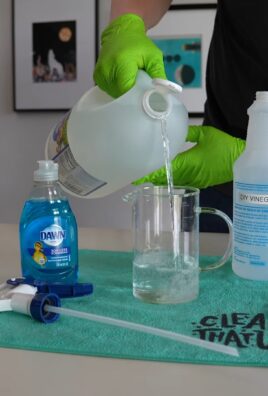
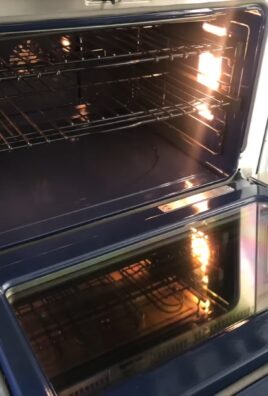
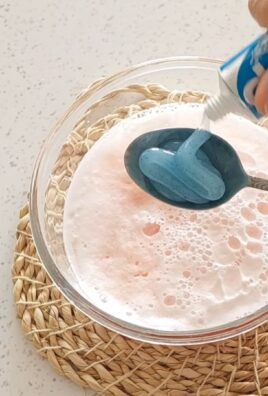
Leave a Comment